Tasting Report: Burgundy's Memorable Vintage
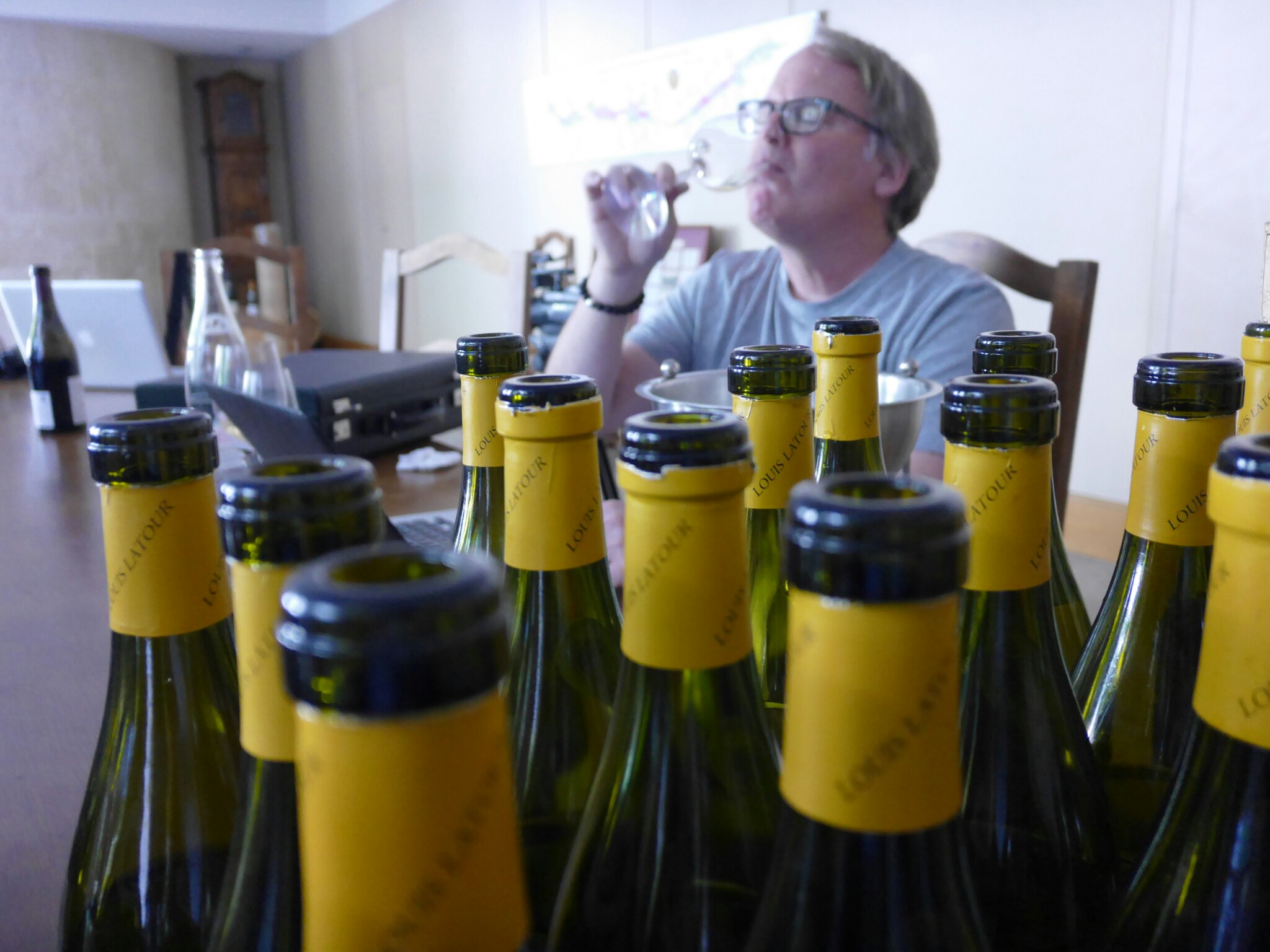 Tasting at Louis Latour
Tasting at Louis Latour
Top négociants in Burgundy’s Cote d’Or made surprisingly high quality wines in 2013 despite what was one of the most difficult growing seasons and harvests in decades. Some truly amazing whites with classy density and acid tension were produced while many reds showed good fruit, firm tannins, and bright acidity. The results are almost hard to believe. Just decades ago they would have made thin, green and unripe wines, but today it's a different story thanks to the know-how to which the top names in Burgundy are privy.
“It’s really amazing that a year like 2013 made such excellent wines,” admits Dimitri Bazas, general manager and winemaker of the small négociant house of Champy. “Decades ago it would have been really difficult. But we made excellent wines this time around.”
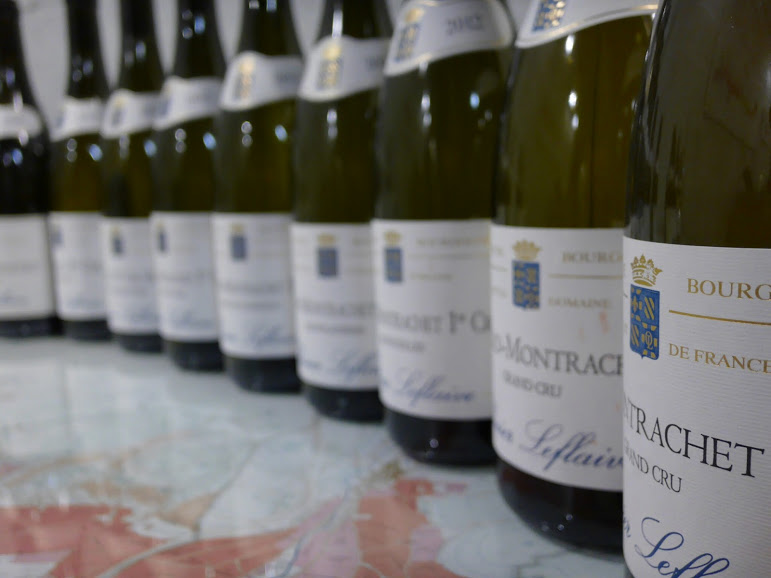 2012’s white selection at Olivier Leflaive
2012’s white selection at Olivier Leflaive
I spent five days in Beaune tasting a few hundred wines primarily from the 2014, 2013 and 2012 vintage from some of the best négociant houses in Burgundy. I focused on names that are well placed in the North American market as well as Asia – particularly China and Thailand. They included such names as Louis Jadot, Louis Latour, Joseph Drouhin, Bouchard Père et Fils, Domaine Faiveley and Olivier Leflaive.
I plan to regularly taste the wines from these producers because they have the most significant distribution in North America as well as Asia, not to mention the widest selection of wines. These are wines that most wine consumers actually have the ability to buy, and I really do hope my ratings help. I have always been a great fan of the wines of Burgundy; I tasted the wines of Burgundy for the Wine Spectator in the late 1980s and early 1990s, so it was great to be back in the Côte d'Or two weeks ago.
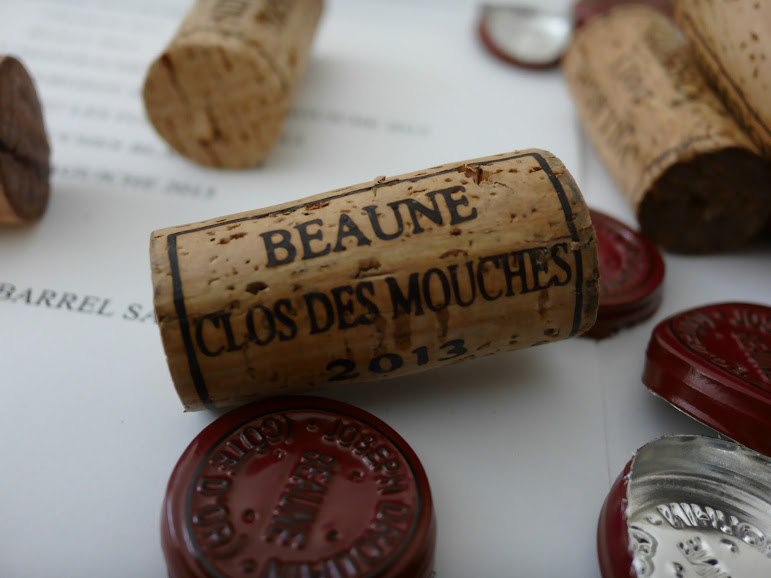 Clos des Mouches 2013
Clos des Mouches 2013
I must admit that I was surprised how happy everyone looked when they first poured their 2013 wines for me, especially after hearing about all the calamities of the vintage from disastrous hailstorms to very little sun, rain and disease. The problems were almost biblical during the growing season and harvest.
"Sometimes you just can’t explain why a vintage is excellent and 2013 is just that," says Jean-Charles Thomas, the winemaker of Louis Latour. "That is Burgundy. The wines have transparency and finesse. They are a little like 2002 or 2010. It is a very classic style, and it doesn’t tire you to taste them. The whites are really wonderful and the reds have no astringency. To be honest, it’s astonishing that they are not austere and hard. Instead, they really show well already, and in two or three years, they will be wonderful."
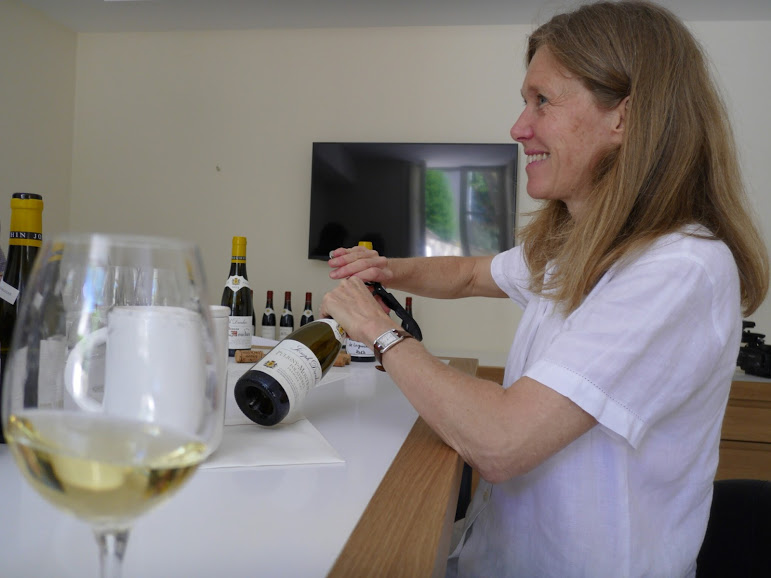 Tasting with Véronique Drouhin
Tasting with Véronique Drouhin
There’s no question that I had a wonderful impression of many of the 2013s that I tasted during my trip, and in particular the whites. I even tasted one potentially perfect 2013 white, Lucien Le Moine Montrachet Grand Cru. It's such a compelling white wine with incredible density and electrifying acidity that combines to make a wine with terrific texture and length. But there were many others from the dynamic 2012 Domaine Faiveley Corton-Charlemagne Grand Cru to the 2013 Joseph Drouhin Beaune Clos des Mouches Premier Cru.
“We had very low yields (in some instances only seven hectoliters per hectare compared to the usual 20 or 25) with our top whites in 2013, but what we made was excellent quality,” said Veronique Drouhin of Joseph Drouhin. “The best whites remind me of the 2010 in style with good ripeness and very intense acidity.”
Also look for some of the village wines from such appellations as Puligny-Montrachet and Chassagne-Montrachet. In some cases, blends of wines from different vineyards were better than single vineyard wines. I was also impressed with some of the white premier crus of Chassagne from Louis Latour and Alex Gambal. “We made half the normal crop but we are happy with the results,” was what Alex Gambal, the American négociant who makes hand-crafted wines in Beaune, had to say to me. “The wines really show where they come from – each one is very different from the other. By comparison, the 2012s show more the character of the vintage.”
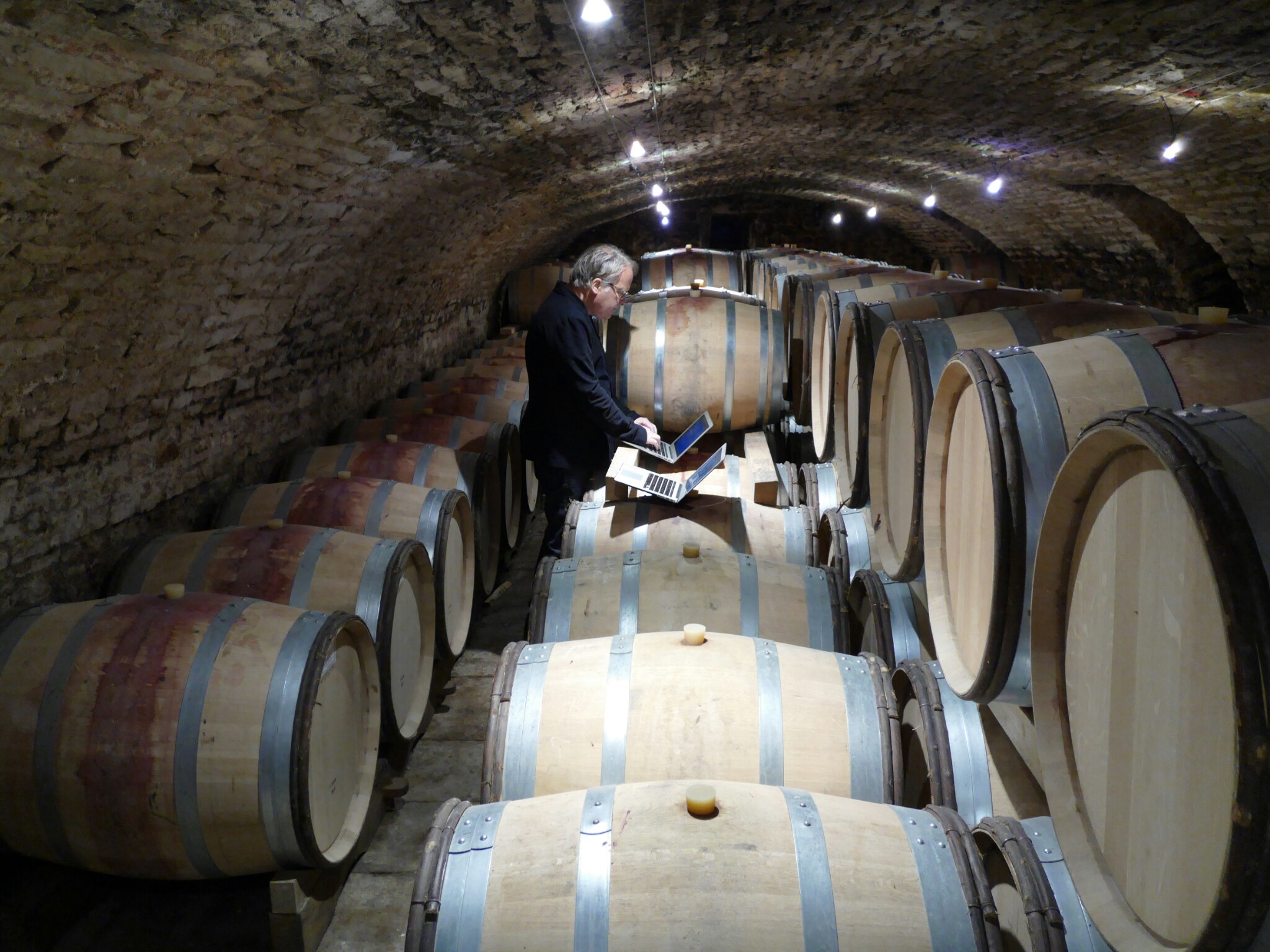 Barrel tasting at Lucien Le Moine’s cellar
Barrel tasting at Lucien Le Moine’s cellar
It must be said that the reds were a little inconsistent by comparison to the whites. Some were simply too lean and lacking fruit. But many of the wines I enjoyed for their freshness, clarity and expression of their unique soils and microclimates. The cooler style of the reds seemed to give them better transparency to reflect their unique vineyard sites.
“The 2013 vintage is really about different wines and each wine is so different,” says Rotem Brakin, an owner of Lucien Le Moine, the tiny, high-quality négociant. “It’s hard to generalize in 2013. All you can say is that it’s very a Burgundian year.”
Grand crus such as Chambertin and bordering vineyard areas seem to excel in 2013 showing ripe fruit and an ever-so-refined and polished style. I also found the wines of the appellations of Beaune extremely exciting, even though they were hammered by hail during the growing season.
Of course, the 2012s I tasted were better quality overall than the 2013s. Both the year’s whites and reds are fruitier and more balanced that than 2013s. Most of the 2012 whites are extremely drinkable now. The 2011s are better as well and already attractive to drink. The 2014s also show promise. Nevertheless, I will always remember the 2013s, not just for the fact that the year marks my return to professionally tasting young Burgundy after 20 years, but because of the extraordinary results in the face of undeniable hardships out in the vineyard.